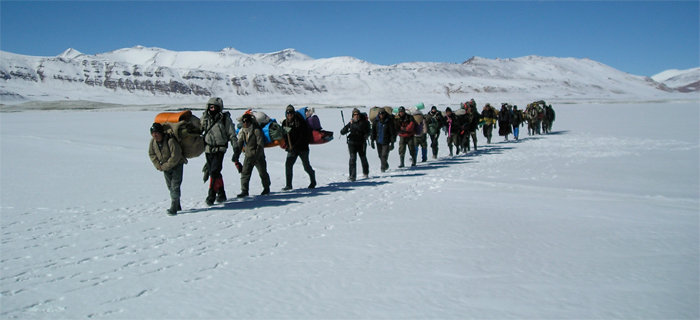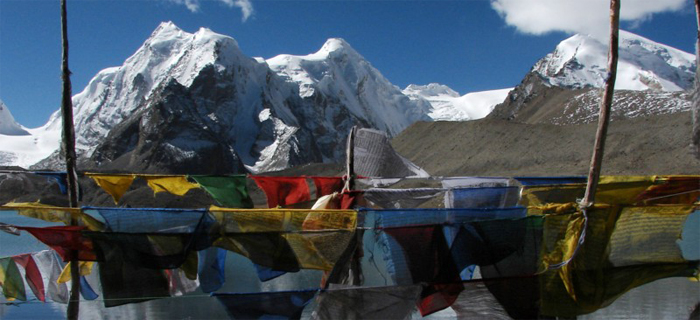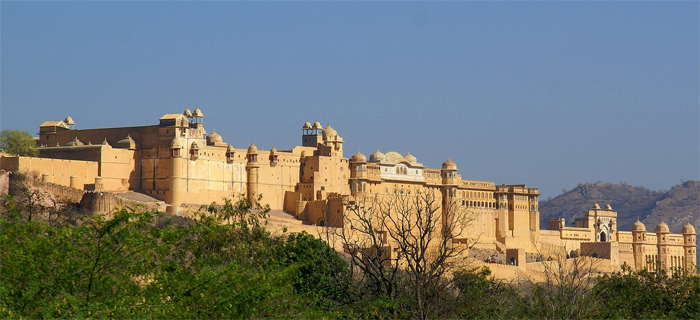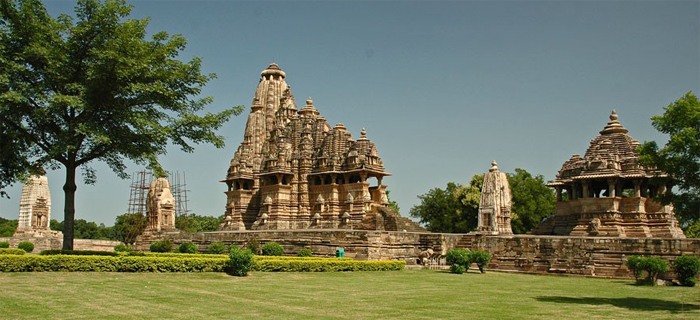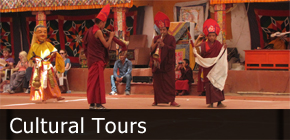Ladakh
For many people, Ladakh reminds a region of High Mountain, a valley where the stormy streams flaw, a region with nomads with tanned skin by the harshness of climate. We think of passes, paths, which lost in the immensity of the landscape, a desert of stones and glaciers.
If Ladakh is more then that it is also because of the refuge of the religion, a region Tibetan where Buddhism was introduced 12 century before.
The valleys are at an altitude of 3,500 mt., the summits are only 3,000 mt. higher. Because it is desert there is little snow on them and they look like big brown hills. They are dry and dusty, with clusters of willows and desert roses along the streams, yet Ladakh is a completely magical palace, remote with delightful, gentle, ungrasping people. Finally, Ladakh could well be a last Shangri La. Only in the mid 70s was it opened to outside visitors.
Land :
4 mountain ranges across Ladakh - Great Himalaya, Zanskar, Ladakh and Karakoram - as do the Indus and its tributaries, Zanskar, Shingo and Shyok. Ladakh also has the world's largest glaciers outside the Polar Regions, and the large and beautiful lake Pangong Tso, 150 kms long and 4 kms wide at a height of 4,000 meter.
People :
There are four main groups: the Mons, nomads of Aryan stock, are usually professional entertainers, often musician; the Dards are found along the Indus valley, many converted to Islam, though some remained Buddhist; Tibetan from the bulk of the population in Central and Eastern Ladakh, though they have assumed the Ladakhi identity over generations; the Baltis with Central Asian Saka origins, mostly live in the Kargil region.
Ladakh Fact :
Area : 97,000 Km².
Population : 2,70,126 (Approximately).
Language : Ladakhi, Balti, Shina, Brokskat, Changskat, Tibetan, Urdu, English.
Ethic Race : Tibet - Mangol, Balti, Dard, Aryan.
Altitude : Av. 3500 meters.
Rainfall : 530 mm. (Average)
Temperature :
Summer : 8°C to 30°C.
Winter : -35°C to -5°C.
Best Time to Visit : June mid to September.



